Hornby train locomotive Princess Elizabeth 6201 + LMS Carriage O Gauge c. 1938
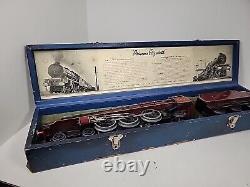
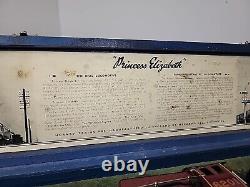
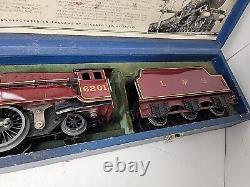
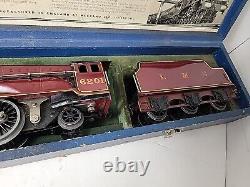
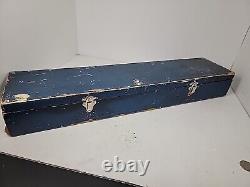



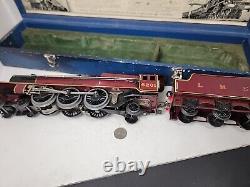
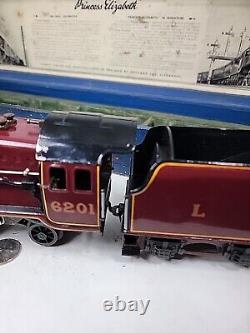
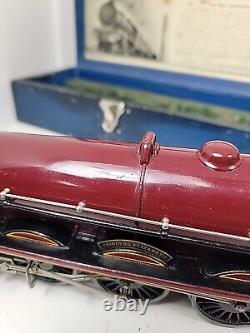
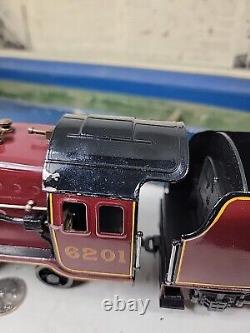
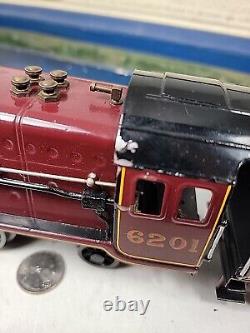

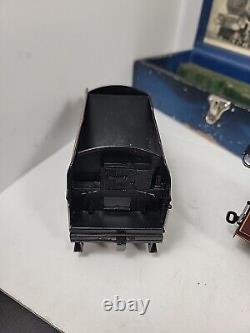
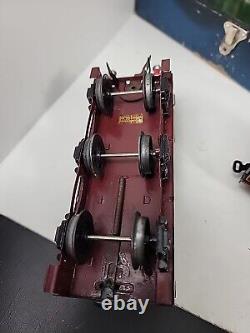
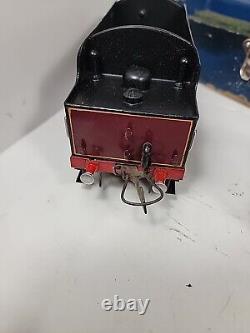
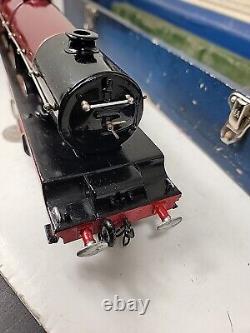
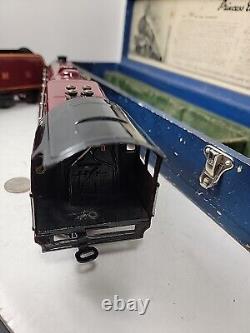
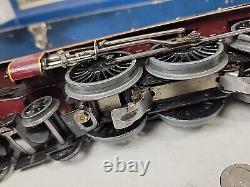
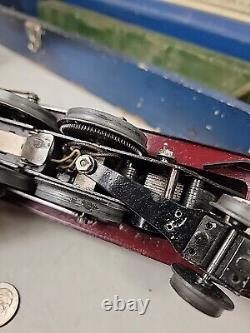
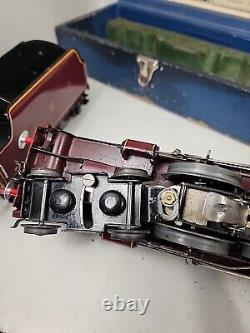
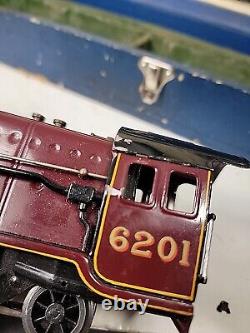
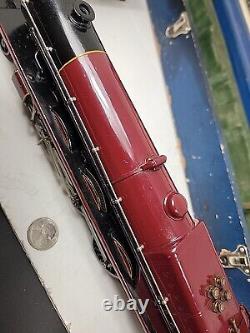


Pics are part of description - ask if you need more - we are happy to assist. An ENTIRE COLLECTION consigned to us from a PRIVATE ESTATE collection of very rare and the. MESSAGE US IF YOUR A COLLECTOR What we have Listed is a FRACTION of what we have available! SEE OUR OTHER LISTINGS WE CAN LIST A BULK PACKAGE. WHOLE ESTATE ELECTRIC AND CLOCKWORK. 20 Volt AC 3 Rail Electric. He collected Hornby trains all his life and contributed to the standard text books on the subject. Appearing in 1937, a couple of years after the locomotive itself was launched. The Princess Elizabeth was the biggest, best and greatest gauge 0 locomotive that Hornby ever made. And definitely the most impressive. Described in the Meccano Ltd. Literature as a "Scale Model", the Lizzie was most definitely the flagship of the Hornby range. And was not assigned a Hornby "range" number. The company's emphasis then switched from gauge 0 to Hornby Dublo (launched 1938). After which WW2 (1939) knocked out Meccano Ltd's model railway production for the duration of the war. After which gauge 0 never really achieved the same status.
So nothing in Hornby's gauge 0 range ever matched the Lizzie for sheer presence. The loco remained the only gauge 0 4-6-2 loco ever made by Hornby. And also the only gauge 0 loco with six drivewheels.
Something that the company had previously explained was impractical on normal-curvature track for engineering reasons. The Hornby literature made a big deal about the model's attention to detail, including the tapered boiler and oval buffers. However, the Lizzie wasn't perfect. And the problems trying to fit the motor into the shell. While preserving the look of the long tapered boiler.While also keeping the drivewheel span limited. Resulted in the curved rectangular firebox in front of the cab being shorter than would otherwise have been desirable. Exaggerating the angular difference between its outline and the outline of the boiler. Although the difference in dimensions was quite small. It made a noticeable difference to the "line" of the locomotive.
Giving the Hornby "Lizzie" a slightly humpbacked appearance compared to the original locomotive. As Hornby's "flagship" model, the Lizzie was very heavily advertised. With full-page ads and several pages and a cover devoted to the model and the original locomotive. In the 1937 Hornby Book of Trains. The locomotive was supplied in a lovely wooden presentation box. With a large sticker inside the lid describing the features of the original loco and of the model. In an age when every young boy supposedly wanted to be an engine driver. The driver that they wanted to be was Driver Clarke.
The latest passenger steam locomotives represented sexy cutting-edge technology. With new records being broken every few years. The drivers entrusted with these record-breaking runs had a status somewhere between that of a racing car driver. And astronaut and a test pilot. Clarke appeared in many of Hornby's adverts.
Typically standing in front of the real locomotive. While showing the Hornby model to a couple of young boys. Under the tagline, Driver Clarke says,'It's Fine! From the start of production in the 1920s. With the GN, LNWR and MR company locomotives.
To the end of production in LMS, LNER, GWR and SR. Following the factories' transfer to war work during the Second World War, circa 1940/41.










